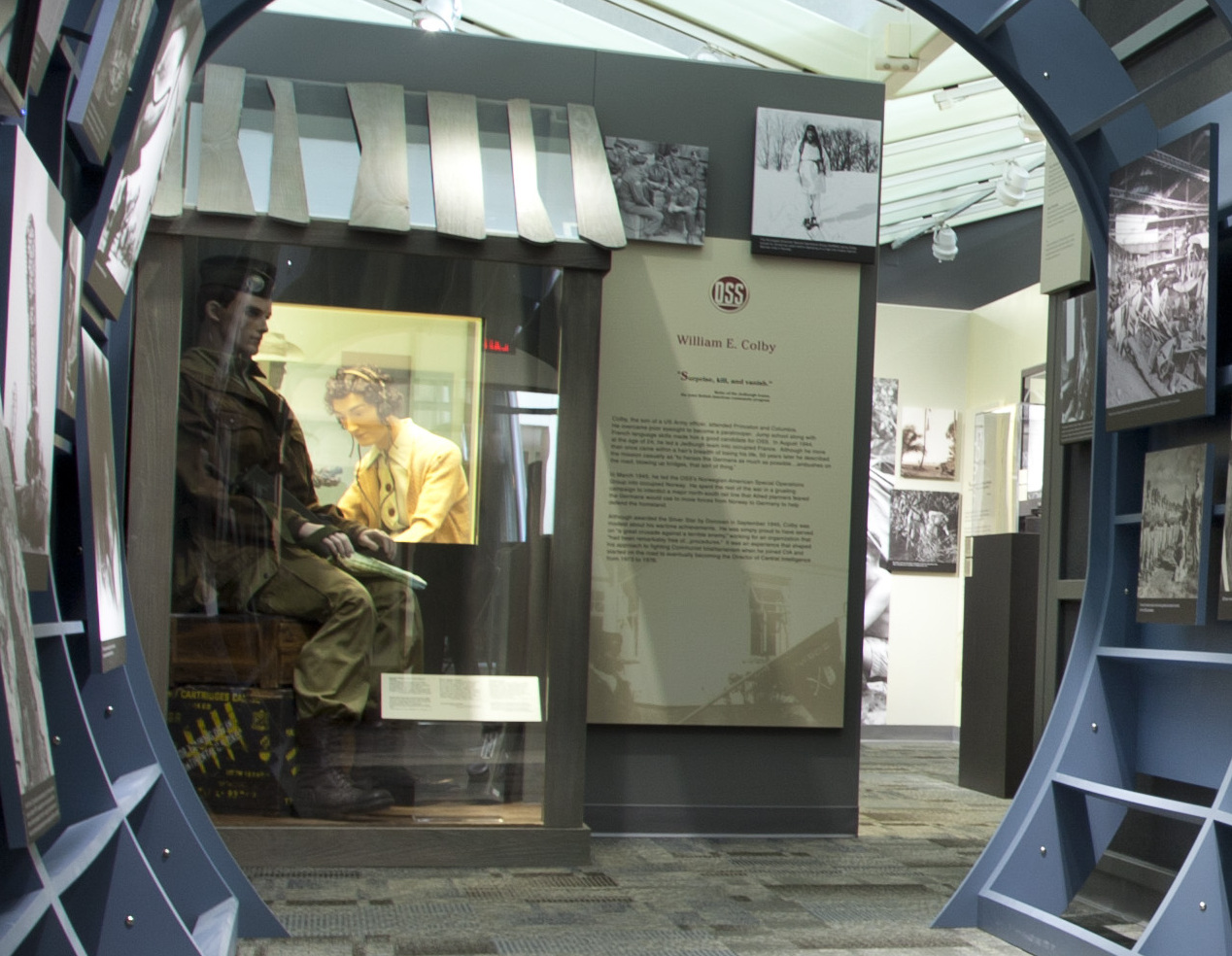OSS Gallery at the CIA Museum. Photo: Central Intelligence Agency.
Difficulties existed only to be surmounted, and there was no setback that a little thought and determination could not overcome.” — Winston Churchill
The Research and Development Branch, also known as the Dirty Tricks Department, was a secret branch of the Office of Strategic Services (OSS), the precursor to the Central Intelligence Agency (CIA) and America’s Special Forces units. The OSS was the intelligence agency of the United States during World War II, formed to coordinate espionage activities behind enemy lines for all branches of the United States Armed Forces. The OSS also used propaganda, subversion, and post-war planning to aid the Allied cause.
The Dirty Tricks Department was led by Dr. Stanley P. Lovell, OSS head of Research and Development. Lovell was a brilliant industrial chemist and engineer who had worked for several companies, including Ford Motor Company and General Foods. He was recruited by William “Wild Bill” Donovan, the head of the OSS, in 1942, after Donovan was impressed by his presentation on chemical warfare at a conference.
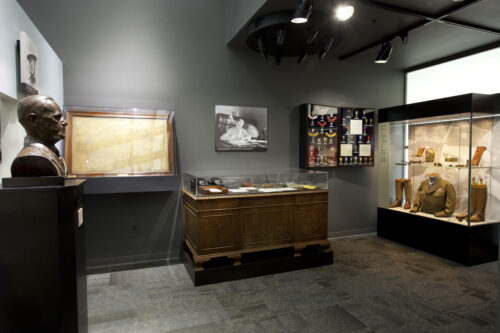
The idea of using dirty tricks in World War II was not new. The British already had a similar approach under the orders of Prime Minister Winston Churchill, who called it “ungentlemanly warfare.” Donovan wanted Lovell to be his “Professor Moriarty”, a reference to Sherlock Holmes’ archenemy, and to create unconventional weapons and gadgets for espionage and sabotage. Lovell has often been often compared to Q, the fictional character from the James Bond films.
Lovell’s motto was “Don’t tell me it can’t be done, tell me how to do it.” He was constantly experimenting and improvising, sometimes with disastrous results. He once accidentally set fire to a hotel room while testing a new explosive device. He also faced many challenges and frustrations, such as bureaucratic red tape, lack of funding, unreliable sources, and enemy countermeasures.
Despite these difficulties, Lovell and his team managed to produce some of the most ingenious and effective tools of espionage and sabotage in history. Lovell and his team of scientists developed a variety of unconventional weapons and devices of the type that you would expect in a James Bond film, including covert firearms, camouflaged explosives and poisons. They also forged documents and experimented with “truth drugs”.
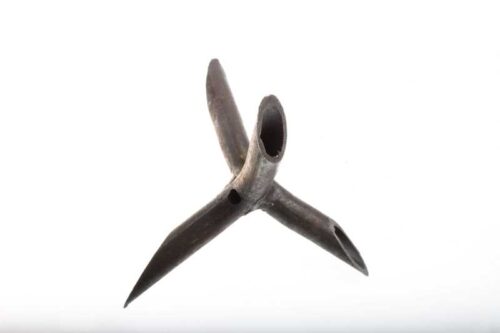
The Dirty Tricks Department developed a staggering array of silent killing devices, including the Stinger pen gun, the Bigot dart-firing 1911 pistol, the SAC-46 Flying Dragon dart gun, and the Little Joe crossbow. Other weapons were designed to cause sabotage and disruption, such as the Liberator catapult, which could launch mortar shells over walls or fences. They also experimented with some bizarre and impractical weapons, such as the anti-tank dog, which was already being employed by the Soviets and trained to carry explosives under enemy tanks.
Lovell was definitely not lacking on the creative front. One of his plans was to inject female sex hormones into Hitler’s vegetables, hoping to make him more feminine and less aggressive. According to an OSS study, Hitler had a “large feminine component” to his constitution, so Lovell thought that increasing his estrogen levels would disarm him psychologically. However, this plan never came to fruition, as Lovell could not find a reliable way to deliver the hormones to Hitler’s table. Lovell had other plans to target Hitler and his allies, some of which were equally bizarre and ambitious.
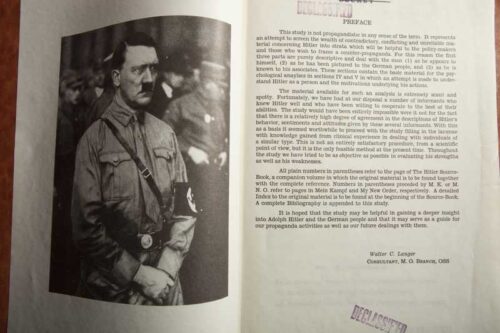
He also devised a scheme to dump a vial of caustic liquid into a vase of flowers in the conference room where Hitler and Mussolini would be holding a summit at the Brenner Pass between Austria and Italy. Within 20 minutes, this volatile liquid would evaporate, turning into mustard gas and frying the corneas of everyone present.
He proposed an “attack which they cannot anticipate” by smuggling in a vase of cut flowers to be placed on the table between Hitler and Mussolini. The flowers would contain a hidden microphone that would transmit their conversation to a nearby OSS agent who would record it on a wire recorder. The agent would then use a homing pigeon to send the recording back to OSS headquarters.
Lovell experimented with creating synthetic goat dung that would explode when stepped on by German soldiers or driven over by vehicles. The idea was to scatter these fake droppings along desert roads in North Africa where goats were common. The dung would be made of nitrocellulose, a highly flammable substance that could be molded into any shape and painted brown.
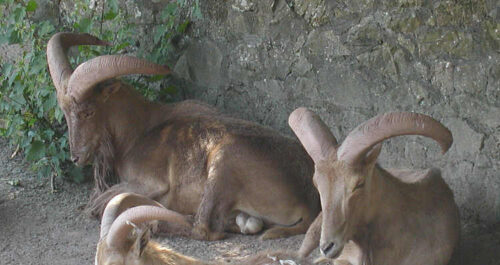
He also experimented with creating itching powder that would cause extreme discomfort and irritation to anyone who came in contact with it. The powder was made from ground-up rose hips, which contained tiny hairs that could penetrate the skin and cause inflammation. Lovell wanted to use this powder to disrupt enemy morale and hygiene by dropping it from planes or spreading it in public places.
Lovell’s plans were often met with skepticism or resistance by the Joint Chiefs of Staff, who were more interested in conventional military intelligence and operations than in Lovell’s “gadgets”. Some of his plans were rejected as too risky, impractical, or unethical. Others were never implemented due to lack of resources, time, or opportunity. Nevertheless, Lovell continued to work on his projects with enthusiasm and creativity, hoping to find a way to end the war sooner and save lives.
After the war, Lovell returned to his chemical business and wrote a memoir titled Of Spies and Stratagems, which was published in 1964. The book recounts his experiences and achievements in the OSS, as well as his personal observations of some of the prominent figures and events of the war. He passed away in 2010 at the age of 92.
Resources
Office of Strategic Services Society
OSSSociety.org
USASOC OSS Website (Official US Army Website)
www.soc.mil/OSS/index.html
International Spy Museum
SpyMuseum.org
Central Intelligence Agency
CIA.gov
*The views and opinions expressed on this website are solely those of the original authors and contributors. These views and opinions do not necessarily represent those of Spotter Up Magazine, the administrative staff, and/or any/all contributors to this site.

